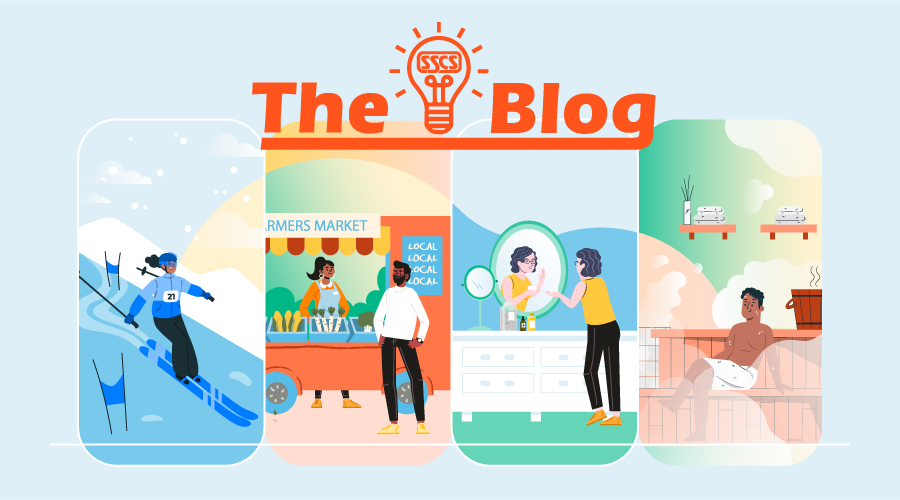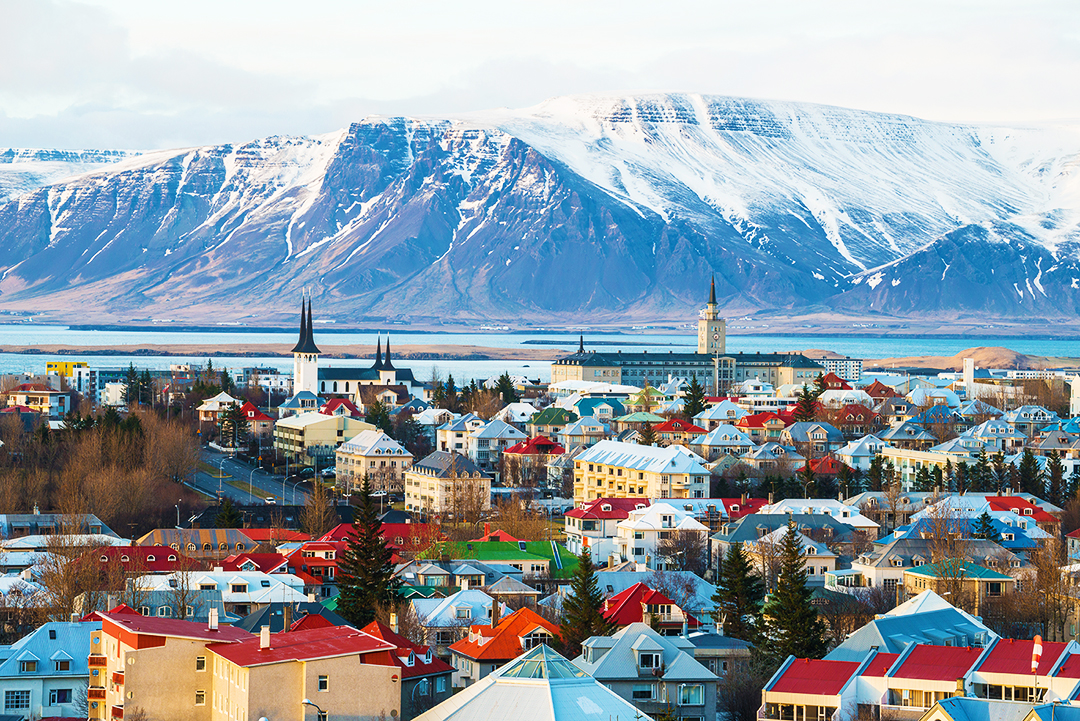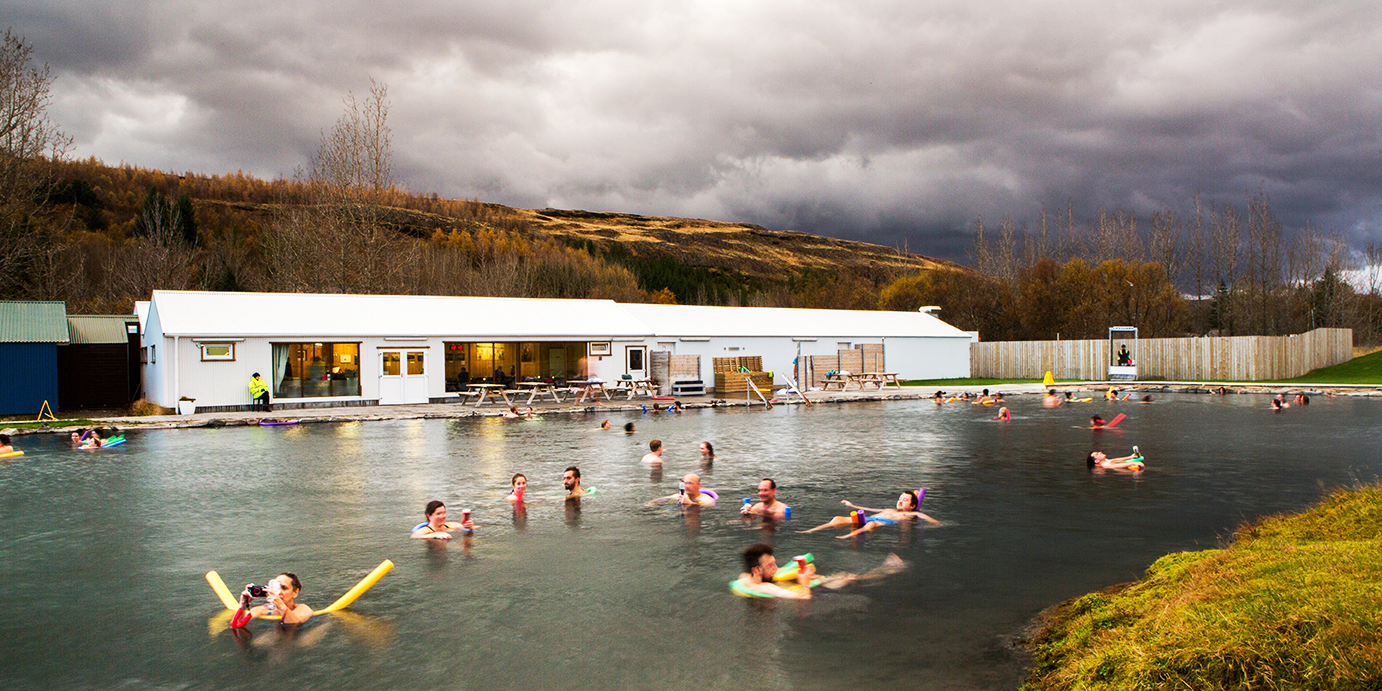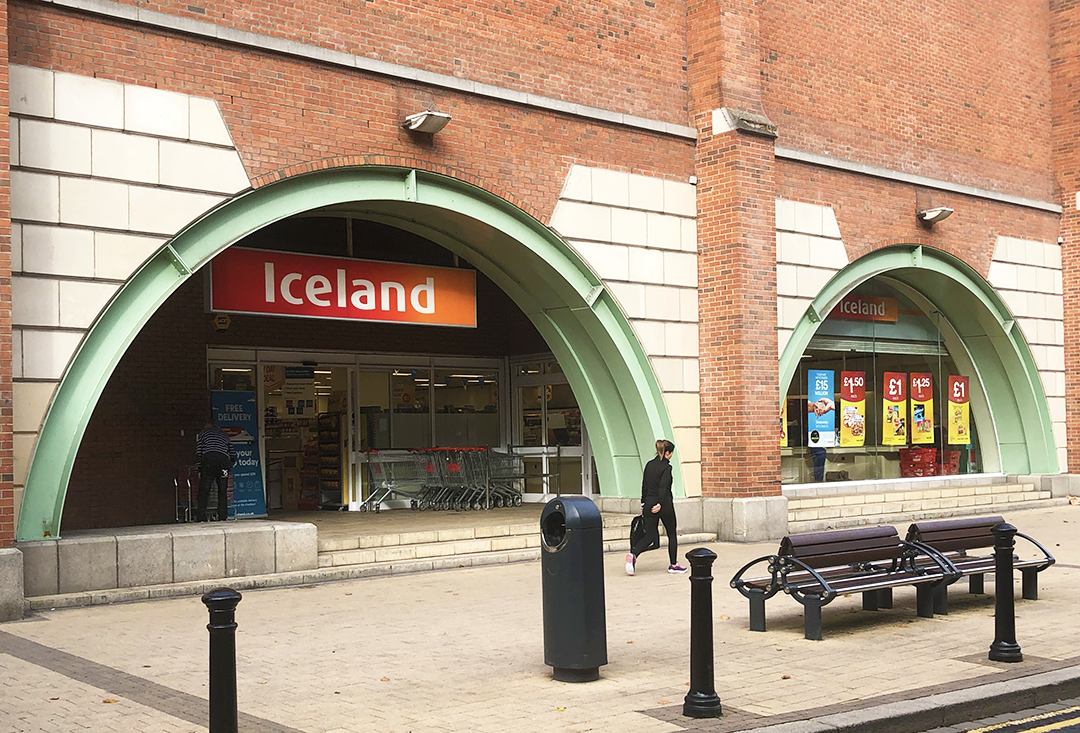
Walking in a Winter Wellness Wonderland
The frigid lands up north can lay a convincing claim for originating winter wellness culture.
When it comes to health, winter gets a bad rap. It brings icy, cold, wet conditions considered adversarial to good health. People call it names, like “flu season.”
On the other hand, a lot of the tools and techniques that helped create today’s health and wellness culture were born in exactly that kind of climate, in Nordic countries where nasty winter nights are not just cold, but really, really long.
There’s probably a lot of reasons this happened, but the closeness of population centers to beautiful but rugged terrain had to be a factor: a person has to be hardy to get around, not to mention in sub-freezing weather. Another likely influence: the often healing properties of the surrounding environment.
As a result, health and well-being is baked into Nordic culture—there’s even a word for it, Hygge, which we’ve written about in the past. It’s no real surprise, then, that the Finns invented the Sauna over 2,000 years ago, or that the practice of dipping into icy baths for health purposes also started here—where there’s plenty of cold water.
As a country, Iceland[1] is probably the standard bearer for the movement. Thanks to its own efforts, it is viewed more completely as a health and wellness destination than its neighbors, even though seasonal nights in the “southern” part of the country, including the capital city, Reykjavík, can last up to 16 hours.
[1] Not to be confused with the U.K. grocery chain.

It doesn’t matter. The entire country has turned itself into a spa hub by taking advantage of its considerable and unique natural resources, starting with constantly warm, often bubbling, mineral-rich waters. Known globally for their therapeutic benefit and often within view of stunning scenery, the Blue Lagoon is probably the most well-known resort of this type.

With an increasing focus on attracting international travelers, and a knack for marketing itself, Iceland has also learned to export or influence product lines supporting winter-driven wellness across the globe:
- Blue Lagoon Skincare Products: Dry skin is a big time problem in wintry climates. This has spurred the development of moisturizers throughout Northern Europe, including this line branded with the name of Iceland’s most famous spa.
- Icelandic Superfoods: The most common of these is skyr, which is basically a high protein version of yogurt. But indigenous fruit like crowberries and bilberries, often consumed in the form of syrup, have plenty of health conscious devotees in their own right.
- Local Herbs and Remedies: Traditional use of local herbs in wellness practices, known since Viking times, continues today. Some of the most popular in use are cetraria islandica (Iceland moss), angelica, and mind-expanding henbane.
- Premium Icelandic Water: You’ll almost always find this available on c-store shelves somewhere near you.
Speaking of c-stores, we would be negligent if we finished without acknowledging Iceland’s retail petroleum industry. One leading chain is 10-11, featuring Sbarro as well as the franchise, Bæjarins Beztu Pylsur (”World’s Best Sausages”). Another is Krambúdin (the Grocery Store). The Olis fuel brand features a U.S.-themed restaurant, Grill 66, at all of its sites. There you can grab an El Reno or Chicago burger, a Joplin, Missouri ham and cheese, and more.
Most agree that good health is worth pursuing, and that holds true for convenience stores, too. Ailing profits can be traced to specific causes, though reasons can be difficult to spot. C-store technology from SSCS provides an in-depth check of your business and its numbers, making it possible to take corrective action to get you feeling better about your store’s performance.
Well-being and balance is important for human beings and for c-store businesses. Give us a call at (800) 972-7727 and we can explain how to begin achieving it.







Leave A Comment